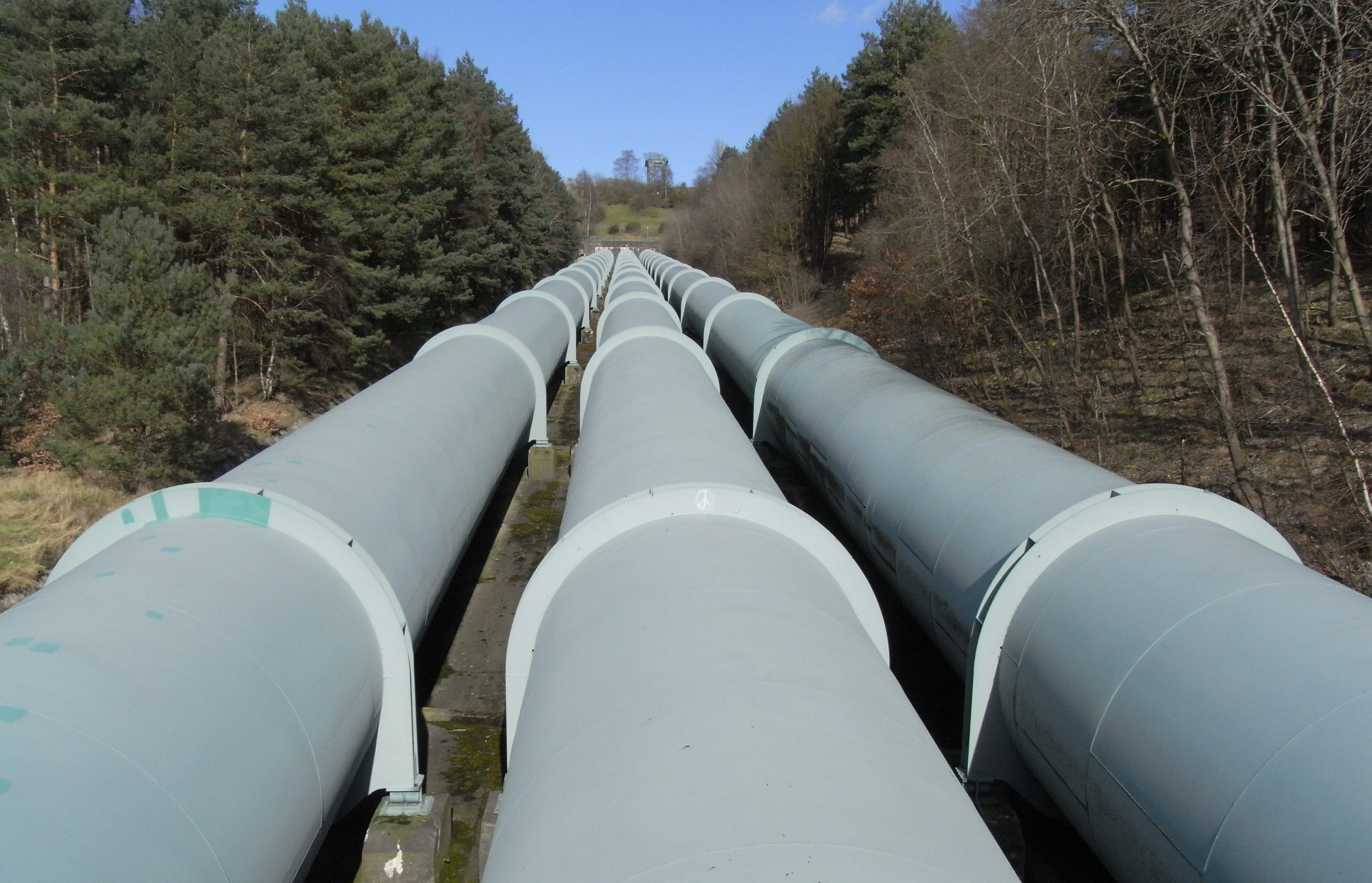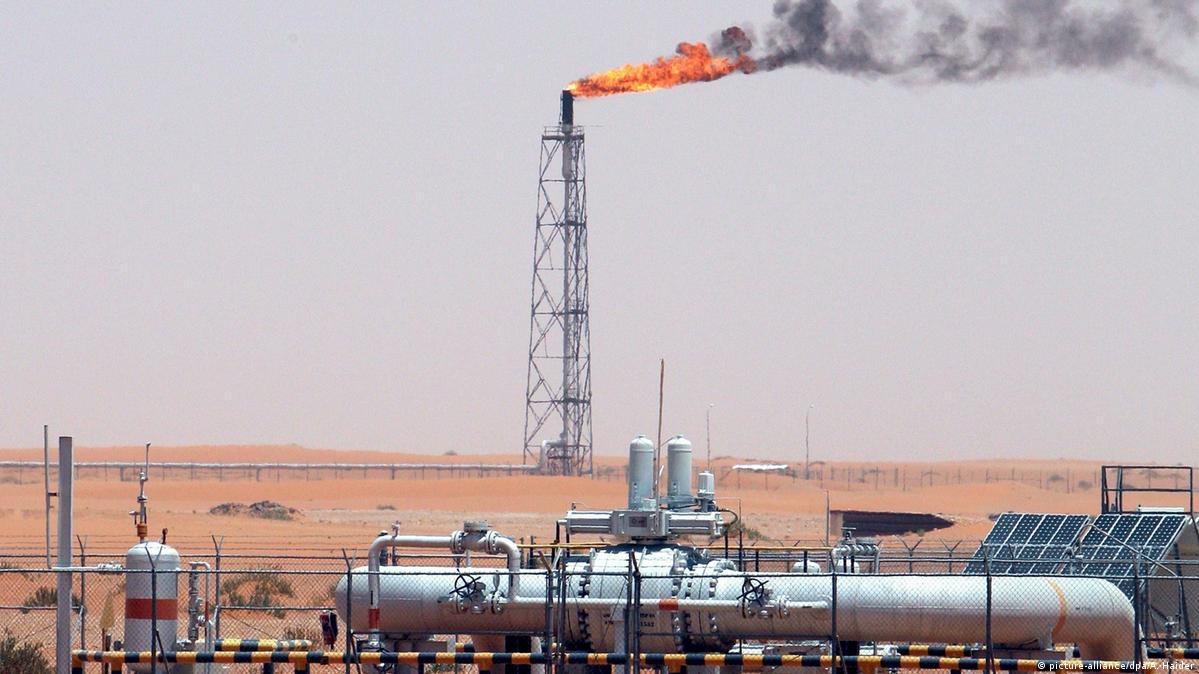Sanctions introduced by the West are not enough to curb the aggressor. Putin’s regime has enough currency to maintain power and continue the war against Ukrainians, which comes from the sale of oil and gas.
If the world does not give up Russian energy carriers, even according to the results of 2022, the fascist dictatorship will earn 321 billion dollars from them. This will be enough to cover imports and keep the ruble from falling significantly.
Can the civilized world abandon the Russian energy carriers that finance the terrorist army of the Putin regime?
Give up Russian
Some of Ukraine’s allies – the USA, Canada, and Great Britain – are already refusing energy carriers from terrorist Russia, reducing foreign exchange revenues in its budget.
However, the effect of such actions is minimal, because these countries hardly import gas and oil products from the Russian Federation. Therefore, all attention is focused on the largest buyer of Russian energy carriers – the European Union, which is divided on this issue.
German Finance Minister Christian Linder opposed the suspension of imports from Russia because it “threatens the stability of the country.” A similar position is held by the Austrian authorities, which called on partners to look for other ways of putting pressure on the Putin regime.
After the genocide of Ukrainians in Buch, Italy and France supported energy sanctions. According to the Financial Times, the EU countries will make a final decision on April 6 as part of the discussion of the next package of anti-Russian sanctions.
The refusal to buy Russian oil and gas is the strongest blow that the Putin regime can receive for the war and genocide in Ukraine. This is the bleeding of the economy, which is more than half fed by money from the sale of energy carriers.
The implementation of such an idea in the conditions of the global energy crisis requires considerable costs on the part of the EU. Stopping the supply of oil and gas from the Russian Federation to the European market will mean a significant increase in prices and a powerful blow to the industry.

It was not by chance that Putin chose this time to start a major war. Now the world is dependent on Russian energy carriers, and it is difficult for many countries to give them up. However, the situation is not hopeless.
Russia is more dependent on the European market than the EU is on Russian oil and gas. The reason is simple: EU countries will eventually find an alternative supplier, and Russia will not be able to find a new buyer.
The market is flexible enough to replace Russian energy sources over time, but this requires political will, significant investment in infrastructure development, and budget subsidies to ease the transition.
Economic losses are inevitable, so European industry will suffer a heavy blow. The reward for these losses will be the deprivation of the war criminals’ main source of currency and the independence of the EU from the Russian oil and gas lobby.
The EU market accounts for 50% of Russia’s oil and 75% of gas exports. The aggressor will not be able to redirect these volumes to other directions. Hope for a rich Chinese market is in vain.
The fact is that the gas fields of Western Siberia, from which the blue fuel comes to the EU, are not connected to China. Consequently, after the reduction of exports to the European Union, a significant part of the gas wells will have to be closed.
It will be difficult to open them again – service companies that worked with complex wells are leaving Russia.
It will also not work to increase the supply of gas to China by tankers. For the construction of the appropriate infrastructure, it is necessary to attract foreign companies, and they are already leaving the toxic Russian market.
The American ExxonMobil has frozen the construction of an LNG plant in the Far East worth $4.2 billion. The implementation of this project could increase the annual export of Russian gas by 8.5 billion cubic meters.
The infrastructure for transporting oil to China is already loaded, so it will not be possible to quickly increase the export of the resource to this country.
How to replace oil
Due to the drop in demand for fuel in 2020 caused by quarantine restrictions, oil companies have reduced the supply of raw materials to the global market. Daily oil production in the world fell from 100.5 million bar to 94 million bar.
Companies still cannot return to pre-crisis levels, because it is much more difficult to open mothballed wells than to close them. In 2021, daily production was 95.5 million bars, and demand was 97.5 million bars.
According to forecasts of the US Energy Information Administration, the world demand for oil in 2022 will increase to 100.6 million bars, that is, it will exceed the level of the pre-crisis year of 2019.
As supply does not keep up with demand, world prices are rising. According to pre-war estimates, at the end of 2022, Brent oil should cost $100-125 per barrel.
How will the absence of Russia affect the scarce market? According to Bank of America analysts, if the supply of Russian raw materials stops, prices may reach $200 per bar. Such a situation will not suit anyone.
In order to get rid of dependence on Russian oil and maintain the status quo in the balance of supply and demand, the market needs an additional 10.5 million barrels per day in 2022. 7.5 million bar – Russian exports, 3 million bar – growth in demand.
The leader in the search for additional barrels is the United States, which is most interested in stabilizing prices.
On the one hand, President Biden is interested in destroying the Putin regime, at least for political reasons, and on the other – in stabilizing the prices of American gas stations, which have increased by 48% over the past year.
The first step will be the release of reserves. The USA plans to provide 180 million barrels of oil reserves in half a year, supplying an additional 1 million barrels to the market every day. Biden expects 50 million barrels of oil from the US allies by the end of the year.

However, the release of reserves is a temporary solution that will reduce the deficit only for a certain period. Then you will have to look for long-term solutions.
The second step is to find new suppliers. The US is working on lifting the oil embargo on Venezuela and Iran.
Negotiations on the nuclear agreement with Iran are already on the finish line. If they are successful, the country will be given access to the world market. Much depends on whether the US will compromise and whether Russia will succeed in disrupting the negotiations.
Before the sanctions, Iran supplied the world market with 2.5 million barrels of oil per day, now it is about 1 million barrels. Therefore, after the lifting of sanctions, the potential for increasing exports is 1.5 million barrels per day.
It is more difficult with Venezuela. The US has just begun negotiations with the country’s leader Nicolas Maduro, who was previously called a dictator and accused of crimes against humanity.
The subject of the negotiations is the lifting of sanctions in exchange for agreements with the pro-American opposition. Russia will try to disrupt the agreement here as well.
Before the sanctions, Venezuela supplied the world market with 1.9 million barrels of oil per day, now only 600,000 barrels. The potential to increase exports after the lifting of sanctions is 1.3 million barrels per day.
The third step is to increase production. This part is the most important, because the entire industry is in a state of recovery after the crisis. Over time, oil production will increase, but by how much is unknown.
According to the US Energy Information Administration, 13 OPEC countries produced 26.3 million barrels of oil daily in 2021. The forecast for 2022 is 28.9 million bars. The potential to increase the production of the countries of the cartel is 2.6 million bars per day.
In North America, 26.4 million barrels were produced daily in 2021, and 28.1 million barrels are forecast for 2022. The potential is 1.7 million bars per day.
In South and Latin America, 6.1 million bars were produced daily in 2021, and the expectation for 2022 is 6.6 million bars. The potential is 0.5 million bar per day. In other regions, the production growth potential is 0.3-0.4 million bar.
Thus, in 2022, the supply on the oil market may increase by 9 million bars per day from the required 10.5 million bars.
Such an indicator can be achieved only if all possibilities are realized. That is, if the members of OPEC will not have problems with increasing production, and the sanctioned countries will agree to the terms of the United States.
A complete embargo is a utopia, because at least China and India will not support sanctions against Moscow. On the one hand, this is bad, because the Russian Federation will receive currency. On the other hand, EU countries will be able to refocus on other suppliers.











